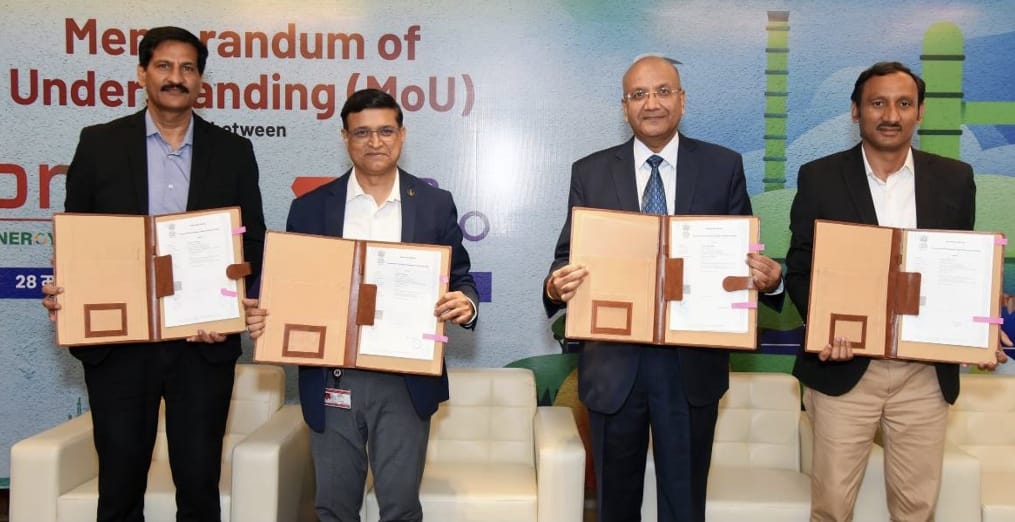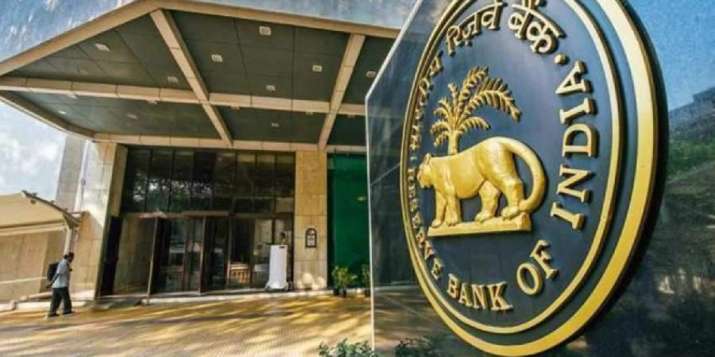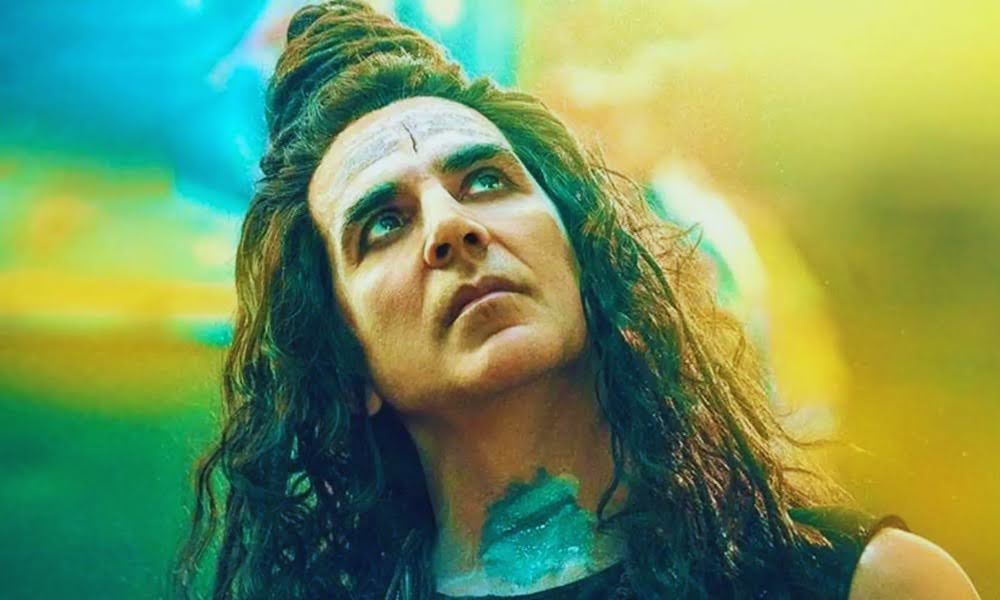The Illusion of Progress: How India’s Middle Class is Quietly Bleeding Dry

India’s middle class is increasingly caught in a financial trap, with soaring living costs on one side and stagnant incomes on the other.
While many continue to fly once a year, purchase new phones, and manage EMIs, this apparent stability masks a deeper, ongoing financial decline.
The real picture tells a different story—one where savings are being sacrificed, doctor visits postponed, and every food delivery order is weighed against the budget. It may look like normalcy, but it is a subtle, relentless financial erosion.
Ashish Singhal Calls Out the Reality
This quiet crisis was bluntly addressed by Ashish Singhal, CEO and co-founder of PeepalCo, in a widely shared LinkedIn post. “The biggest scam no one talks about? Middle-class salaries,” he wrote, shedding light on one of the most ignored economic issues of the past decade.
His analysis is data-driven and difficult to dismiss. Over the past ten years, Indians earning between ₹5 lakh and ₹1 crore annually have experienced a mere 0.4% compound annual growth rate (CAGR) in income.
Meanwhile, food prices have surged by nearly 80%, and inflation continues to erode purchasing power.
Not a Collapse, But a Dressed-Up Decline
“This isn’t a collapse,” Singhal noted. “It’s a well-dressed decline.” While middle-class families continue to consume, much of that spending is now funded through credit rather than income. Credit card usage and EMIs are increasing, but real wage growth remains stagnant.
The segment facing this squeeze is far from small. Studies show India’s middle class made up 31% of the population in 2021, with projections estimating growth to 38% by 2031 and 60% by 2047.
Yet despite these numbers, long-time middle-income earners see little improvement in their financial well-being.
No Relief, Only Pressure
The situation is made worse by the lack of institutional support. While the poor benefit from welfare programs and the wealthy build assets through investments, the middle class is left to absorb economic shocks without subsidies or bailouts.
Instead, they are burdened with rising school fees, healthcare costs, and fuel prices.
This leads to constant financial stress that remains hidden beneath a surface of aspirational spending.
According to Singhal, the middle class should not be viewed only as a vote bank or a source of consumption, but as a vital engine of the Indian economy.
“The poor are being supported. The rich are scaling. The middle class is just expected to absorb the shock—in silence,” he emphasized.
The Bigger Threats on the Horizon
Singhal also pointed to future risks. He highlighted how artificial intelligence is posing a threat to white-collar jobs, while the ultra-rich have seen their wealth multiply sevenfold in the last decade.
“The poor are being supported. The rich are scaling. The middle class is just expected to absorb the shock, in silence. No complaints. No bailouts. Just inflation, EMIs, and quiet pressure,” Singhal reiterated.
He concluded his post by urging a shift in perspective. “It’s time we start talking about this group. Not as a vote bank or a spending class, but as a segment that’s powering the economy, yet getting squeezed out of it.” He left readers with a question: “Do you think it’s just an income issue, or even a money management issue?”
Public Reactions Reflect Widespread Frustration
Singhal’s post has drawn significant attention online, sparking numerous comments and discussions.
One user wrote, “I am picking this signal consistently from a wide variety of sources. The middle class is quietly getting squeezed from both sides. But it’s also its own fault for choosing to stay quiet…”
Another comment read, “Well said! Middle class themself don’t allow to think but gets driven by Agenda’s set by others and keep draging thereby lost thier Willpower /Courage to Question.”
A third user added, “This is quite interesting to read and yes thanks for putting this up… Maybe that’s the reason middle class category stays in the same stage while the rich grow their wealth… there should be a system to help middle-class in upward mobility…”
However, some responses carried a tone of resignation. One person said, “Crying on any platform won’t make any difference. India was moving on like this and will continue like this… salary alone can’t make anyone wealthy anywhere in the world.”
Another questioned Singhal’s own stance, asking, “Good one. But, as CEO, what was the pay rise you gave to your employees vis-a-vis yours? That should be interesting to know.”
The post and the conversation it sparked reveal a deep-seated, growing anxiety among India’s middle class—a segment crucial to the country’s growth but slowly being edged out of financial security.








